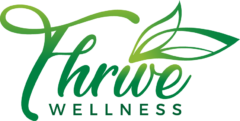-
How to cope and thrive in the face of COVID-19
•
Dr Paul McQueen, Clinical Psychologist, presents strategies you can use to help you cope and thrive in these challenging times.
-

“Don’t Panic!” – Your Virus Survival Guide
•
With the COVID-19 virus situation unfolding globally, how do we put into practice the advice “Don’t Panic”?
-
I’m drinking lots of water but can’t quench my thirst. Why?
•
What a heatwave!! (*pauses to wipe brow) Instinct has us reaching for water to quench our thirst, but for some of us, regardless of how much we drink, we remain thirsty. Why? Did you know your body needs more than just water in order to hydrate? Specific minerals, called electrolytes – sodium, potassium and…
